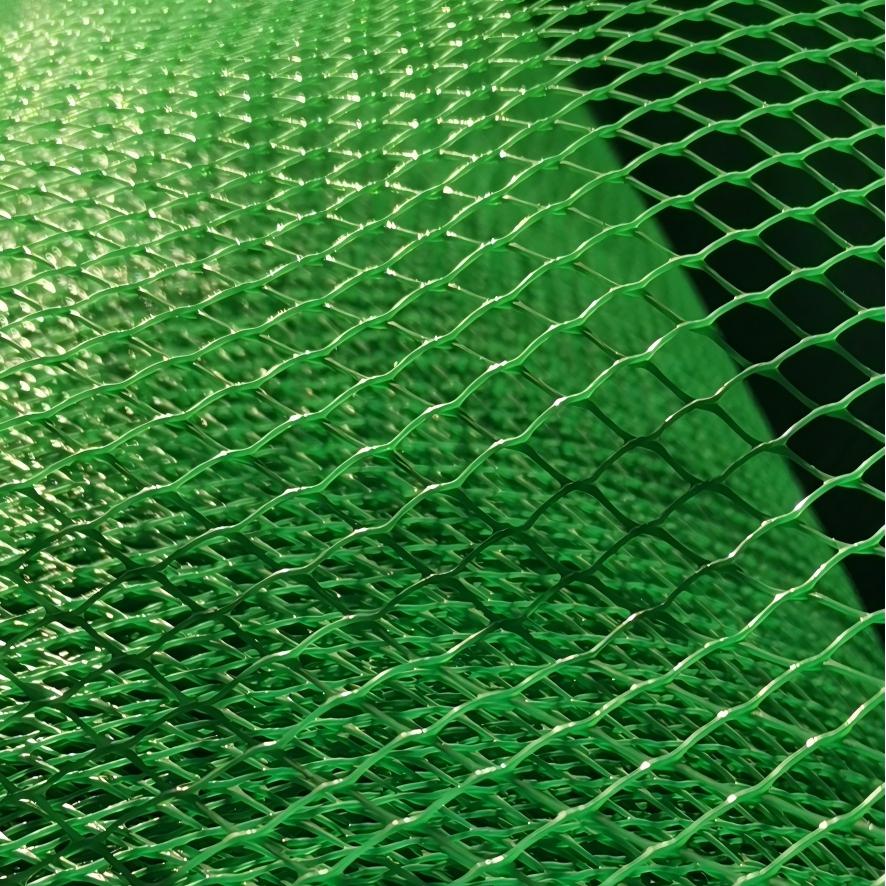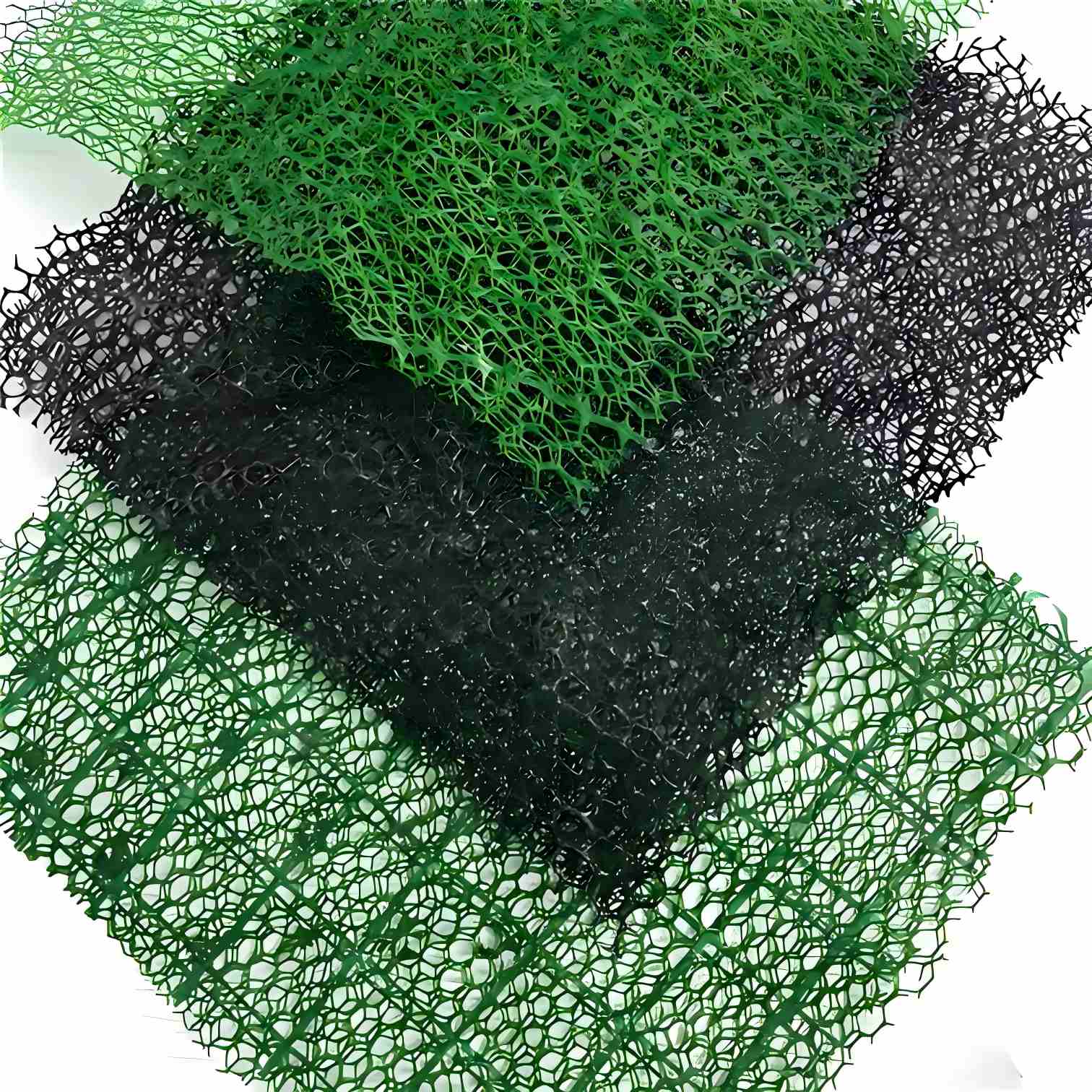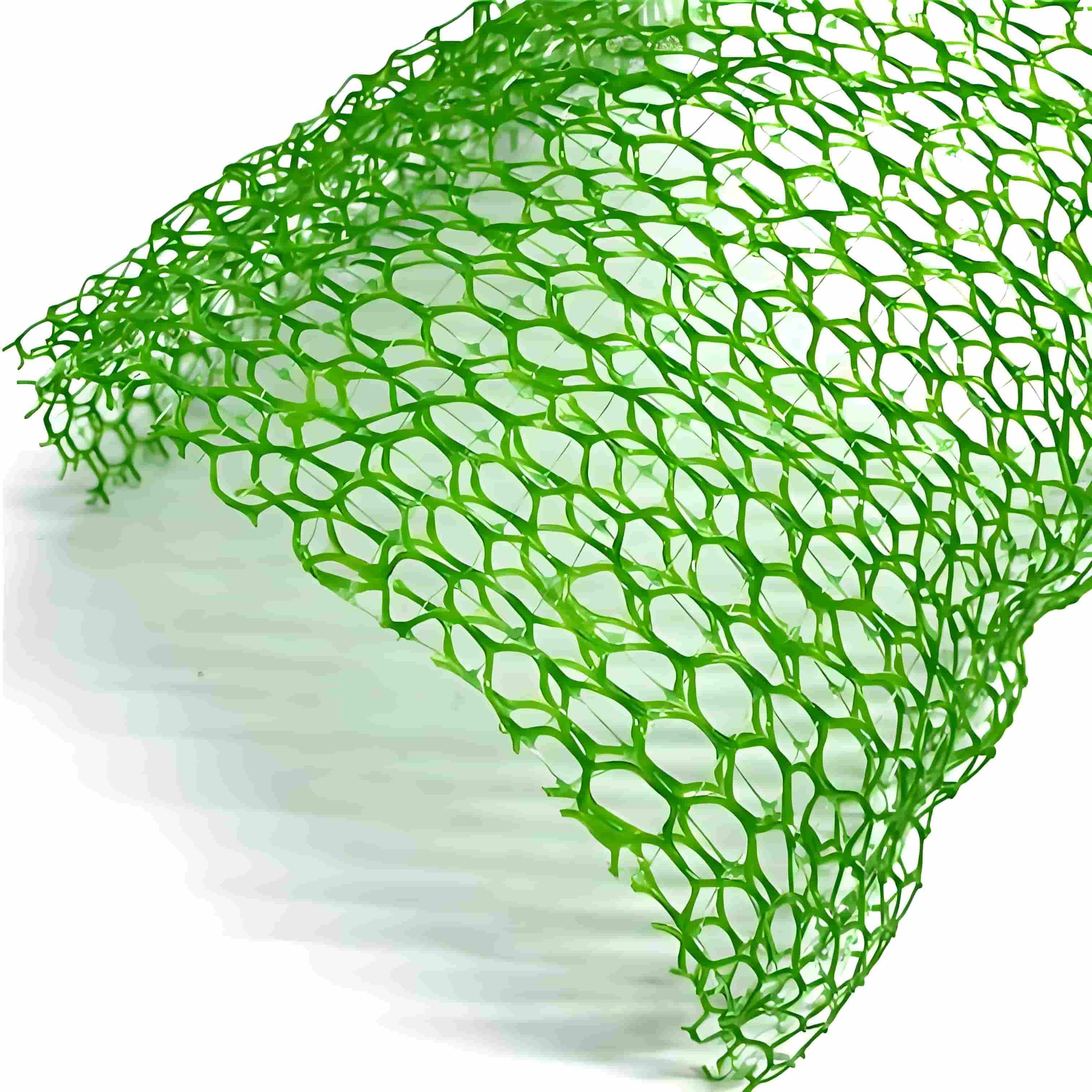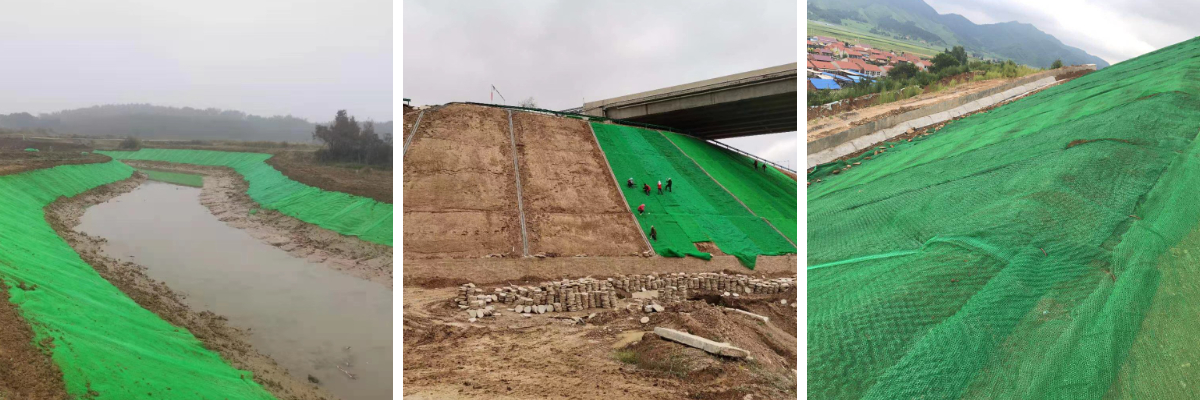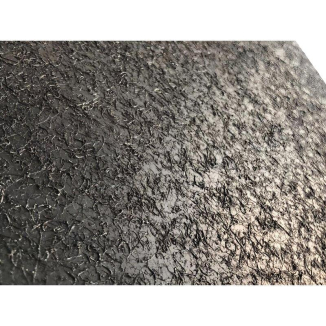Geomat Erosion Control
1.Easy Construction:
Lightweight, can be rolled for transport, and simple to install.
2.High Durability:
UV-resistant, corrosion-resistant, and long service life (synthetic materials can last over 20 years).
3.Eco-Friendly:
Natural fiber mats are biodegradable, minimizing environmental impact.
4.Cost-Effective:
More economical than concrete slope protection, with lower maintenance requirements.
Product Introduction:
Geomat Erosion Control is a type of geosynthetic material made from synthetic fibers or natural materials, primarily used in civil engineering to enhance soil stability, prevent soil erosion, and promote vegetation growth. They possess multiple functions such as permeability, breathability, filtration, isolation, and reinforcement, and are widely applied in engineering fields including roads, railways, dikes/levees, slope protection, and landfill sites.
Main Functions
1.Reinforcement: Geotextile mats can increase the tensile strength of soil, improving its overall stability and preventing deformation or damage caused by external forces. In road and dike engineering, geotextile mats are often used as reinforcement materials to enhance the load-bearing capacity of subgrades or dam bodies.
2.Filtration: Geotextile mats have good water permeability while being able to prevent the loss of soil particles. In drainage systems, they can serve as filter layers to prevent soil particles from entering drainage pipes with the water flow, thereby ensuring the smooth operation of the drainage system.
3.Protection: Geotextile mats can cover the soil surface to protect it from erosion by natural factors such as wind, rain, and water flow. In slope protection engineering, geotextile mats are often used in combination with vegetation to form ecological slope protection systems that are both aesthetically pleasing and functional.
4.Isolation: Geotextile mats can isolate soils or materials of different properties, preventing them from mixing or contaminating each other. In engineering projects such as landfill sites, geotextile mats are commonly used as isolation layers to prevent leachate from waste from contaminating groundwater.
Product Parameters:
Item | EM2 | EM3 | EM4 | EM5 |
Unit mass per area / (g/m2) | ≥220 | ≥260 | ≥350 | ≥430 |
thickness /mm | ≥1O | ≥12 | ≥14 | ≥16 |
Width deviation /m | ±1.0 | |||
length variation /m | ±1 | |||
Longitudinal tensile strength/(KN/m) | ≥O. 8O | ≥1.4 | ≥2. O | ≥3. 2 |
Tensile strength in the transverse direction / (KN/m) | ≥O. 8O | ≥1.4 | ≥2. O | ≥3. 2 |
Product Applications:
1.Road Engineering:
Laying geotextile mats within the road subgrade can enhance the stability of the subgrade, reduce settlement and deformation, and extend the service life of the road.
2.Railway Engineering:
Installing geotextile mats beneath the railway subgrade and track can improve the flatness and stability of the track, thereby reducing vibrations and noise during train operation.
3.Dike/Levee Engineering:
Placing geotextile mats on the slopes and within the interior of dikes/levees can enhance their anti-sliding stability and anti-seepage performance, preventing damage caused by water scouring or seepage.
4.Slope Protection Engineering:
Laying geotextile mats on the surface of slopes, combined with vegetation planting, can form an ecological slope protection system that is both aesthetically pleasing and functional, effectively preventing soil erosion and water loss.
5.Landfill Sites:
Installing geotextile mats at the bottom and on the slopes of landfill sites can serve as isolation and anti-seepage layers, preventing the contamination of groundwater by leachate from the waste.


